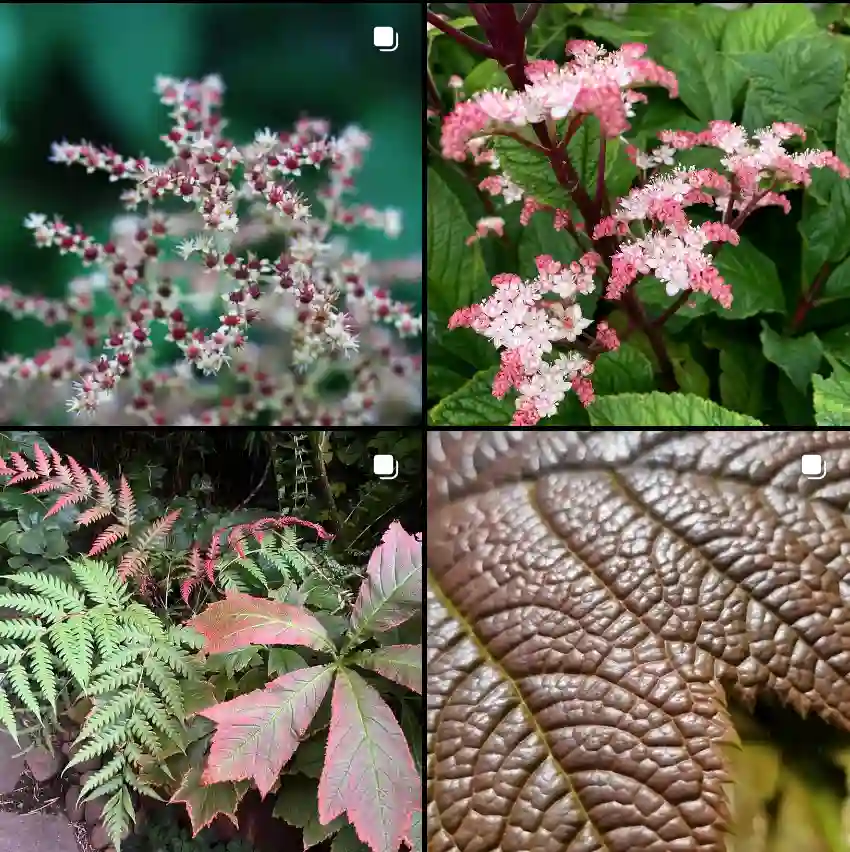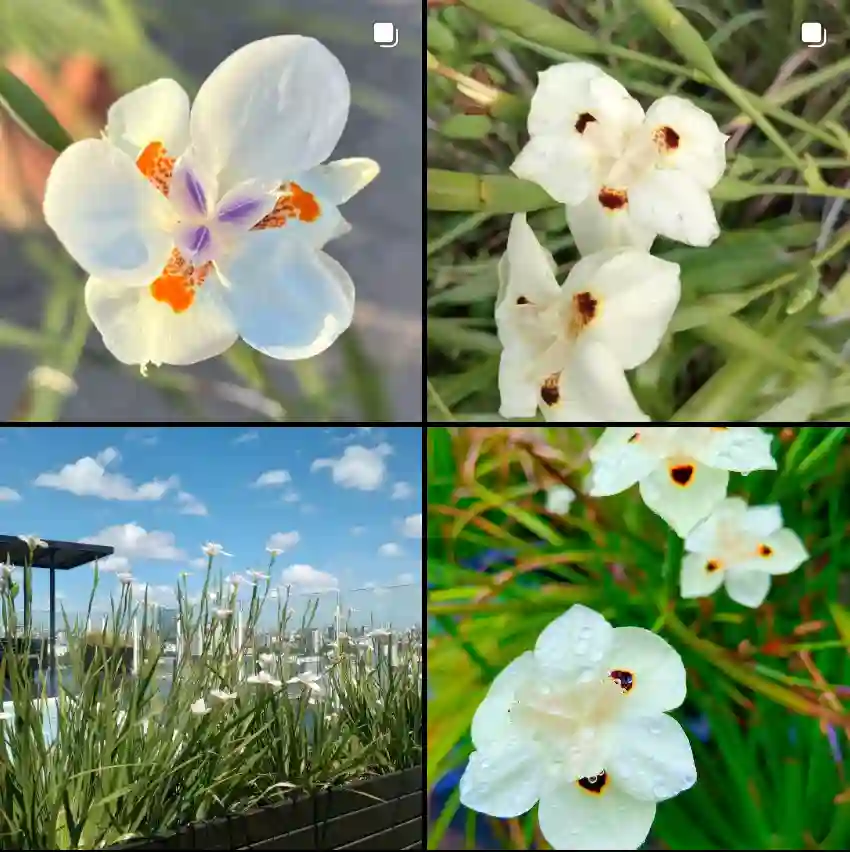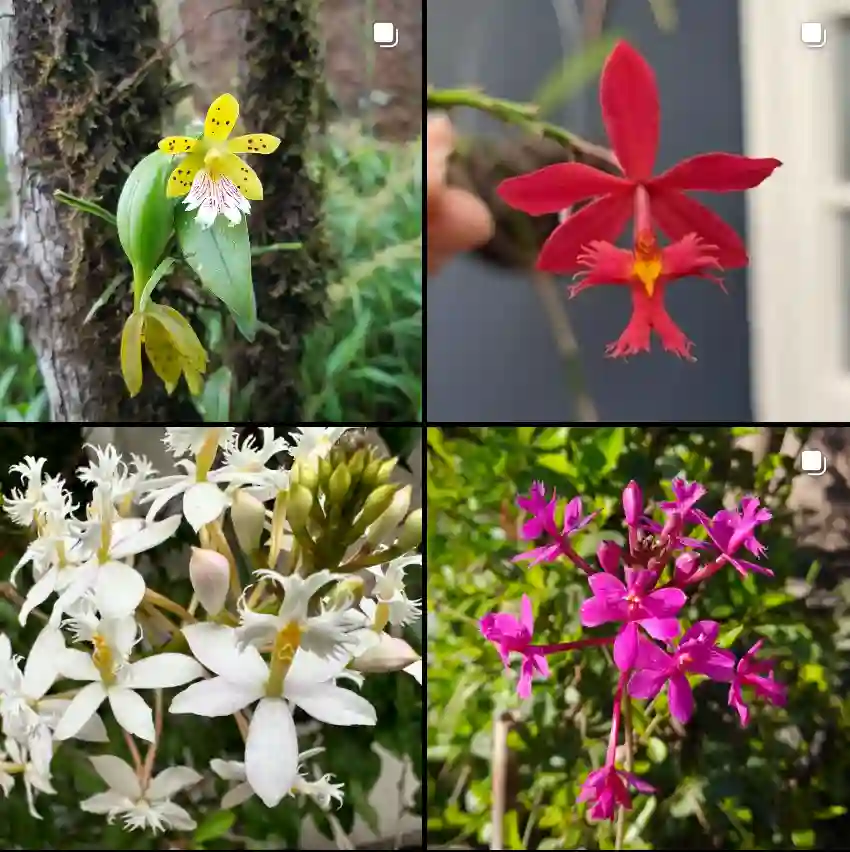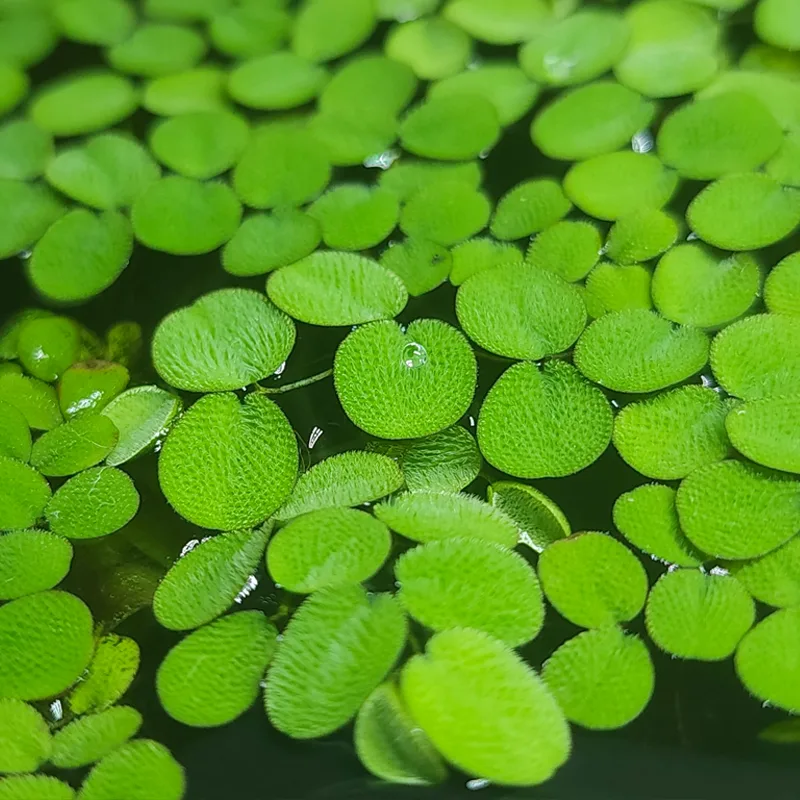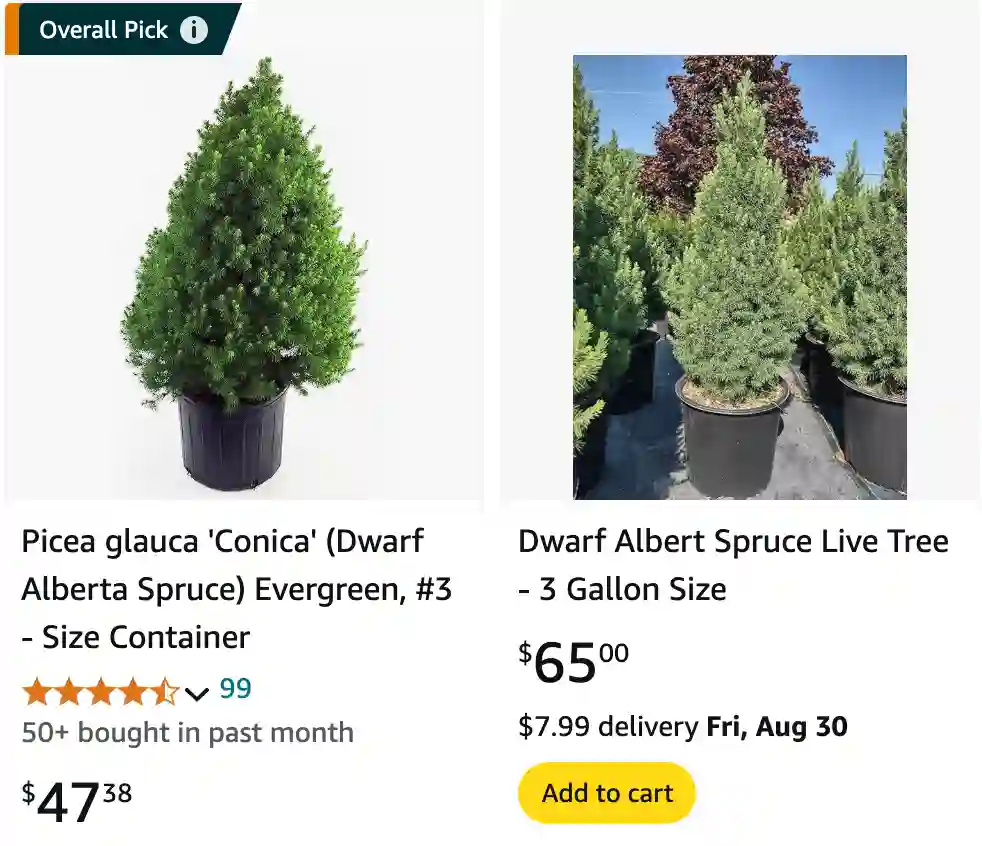
FAQs About Alberta Spruce
The Alberta Spruce is a popular choice for many gardeners and homeowners, thanks to its attractive appearance and versatility. As a plant enthusiast, I’ve had my fair share of experiences with these spruces, and I’m happy to share some answers to common questions about them.
41 Species in Genus Picea
What is Alberta Spruce?
Alberta Spruce is a small, evergreen conifer native to North America. It is valued for its dense foliage and compact growth habit.
How to Propagate Alberta Spruce?
Alberta Spruce can be propagated from seeds or cuttings. Seeds should be sown in a cold frame, and cuttings should be taken in early summer.
Is Alberta Spruce Toxic?
Alberta Spruce is non-toxic to humans and pets, making it a safe choice for gardens and homes.
How Big Does a Dwarf Alberta Spruce Get?
The Dwarf Alberta Spruce, also known as Picea Glauca Conica, is a compact variety that typically grows to about 3 to 5 feet tall and 2 to 4 feet wide. Its slow growth rate makes it ideal for small gardens or container planting. Despite its modest size, it retains a full, dense appearance, which adds a lush, evergreen touch to any landscape.
Do Deer Eat Alberta Spruce?
Deer generally avoid Alberta Spruce. The dense, prickly foliage is not particularly appealing to them. However, in times of scarce food or extreme hunger, deer might nibble on these spruces. To deter deer, you can use deer repellents or install fencing around your plants.
Why Is My Alberta Spruce Turning Brown?
Brown needles on Alberta Spruce can be caused by several factors, including improper watering, poor soil drainage, or environmental stress. Overwatering is a common issue, as it can lead to root rot. Additionally, sudden changes in temperature or exposure to harsh sunlight can cause needle burn. Regularly inspect your spruce for pests and ensure it’s planted in well-drained soil.
Are Alberta Spruce Deer Resistant?
Yes, Alberta Spruce is considered deer resistant. Its dense and sharp needles are unappealing to deer, which prefer softer, more palatable plants. While not entirely immune to deer damage, this spruce is a good choice for areas with frequent deer activity.
Can Alberta Spruce Be Trimmed?
Absolutely. Alberta Spruce can be trimmed to maintain its shape and size. Regular pruning helps encourage a fuller, denser appearance. It’s best to trim during late winter or early spring before new growth begins. Avoid heavy pruning, as it can stress the plant and affect its overall health.
Can Alberta Spruce Grow in a Pot?
Yes, Alberta Spruce can thrive in a pot. This makes it a great option for patio or balcony gardens. Ensure the pot has adequate drainage and use a high-quality potting mix. Regular watering and fertilizing will help keep the spruce healthy in its container environment.
Can Alberta Spruce Grow in Shade?
Alberta Spruce prefers full sun to partial shade. While it can tolerate some shade, it may not grow as robustly or maintain its dense, compact form. For best results, plant it in a location where it receives at least 4 to 6 hours of direct sunlight each day.
Can You Keep a Dwarf Alberta Spruce Small?
Yes, you can maintain a Dwarf Alberta Spruce’s size through regular pruning. By trimming back new growth each year, you can control its size and shape. This is particularly useful if you’re growing it in a pot or a smaller garden space.
Do Alberta Spruce Have Deep Roots?
Alberta Spruce generally has a shallow root system compared to other trees. This makes it more suitable for planting in smaller spaces and containers. However, it’s important to ensure the soil is well-drained to prevent waterlogging, which can harm the roots.
How Fast Do Alberta Spruce Grow?
Alberta Spruce is known for its slow growth rate. On average, it grows about 1 to 3 inches per year. This slow growth makes it an excellent choice for smaller gardens or for use as a low-maintenance landscaping plant.
How to Care for Alberta Spruce?
Caring for Alberta Spruce involves a few key practices:
- Watering: Ensure consistent moisture, especially during dry spells. Avoid overwatering, which can lead to root rot.
- Soil: Plant in well-drained soil. Adding mulch can help retain moisture and regulate soil temperature.
- Fertilizing: Use a balanced, slow-release fertilizer in early spring to support healthy growth.
- Pruning: Regularly prune to maintain shape and remove any dead or diseased branches.
How to Treat Spider Mites on Alberta Spruce?
Spider mites can be a problem for Alberta Spruce, especially in hot, dry conditions. To treat them:
- Increase Humidity: Spider mites thrive in dry environments, so increasing humidity around the plant can help.
- Water Spray: Rinse the plant with a strong water spray to dislodge mites.
- Insecticidal Soap: Apply insecticidal soap or neem oil to affected areas to control mite populations.
Alberta Spruce vs Dwarf Alberta Spruce
The primary difference between Alberta Spruce and Dwarf Alberta Spruce is their size. Alberta Spruce can grow much taller and wider, reaching up to 20 feet in height, while the Dwarf variety remains compact. Both have similar needle characteristics and care requirements, but the choice depends on your space and landscaping needs.
Alberta Spruce vs Douglas Fir
Alberta Spruce and Douglas Fir differ in size and appearance. Douglas Fir (Pseudotsuga menziesii) is a larger tree, growing up to 70 feet tall, with softer needles and a more open branching structure. In contrast, Alberta Spruce is much smaller, with dense, sharp needles. Douglas Fir is also better suited to larger landscapes and forests, while Alberta Spruce fits smaller garden spaces.
Alberta Spruce vs Virginia Pine
Virginia Pine (Pinus virginiana) is a larger, more vigorous tree compared to Alberta Spruce. It has longer, softer needles and grows up to 40 feet tall. Alberta Spruce, being smaller and denser, is better suited for smaller gardens and containers.
Alberta Spruce vs Duncan Fir Christmas Tree
Duncan Fir (Abies procera ‘Duncan’) is a popular Christmas tree with a symmetrical shape and pleasant fragrance. It’s taller and has longer, softer needles compared to the compact Alberta Spruce. If you’re choosing a Christmas tree, Duncan Fir offers a traditional look and aroma, while Alberta Spruce is more suited for permanent landscaping in smaller spaces.
With proper care and attention, Alberta Spruce can be a beautiful and versatile addition to your garden. Whether you choose the full-sized or dwarf variety, understanding their needs and characteristics will help you enjoy these splendid evergreens for years to come.
If i die, water my plants!
